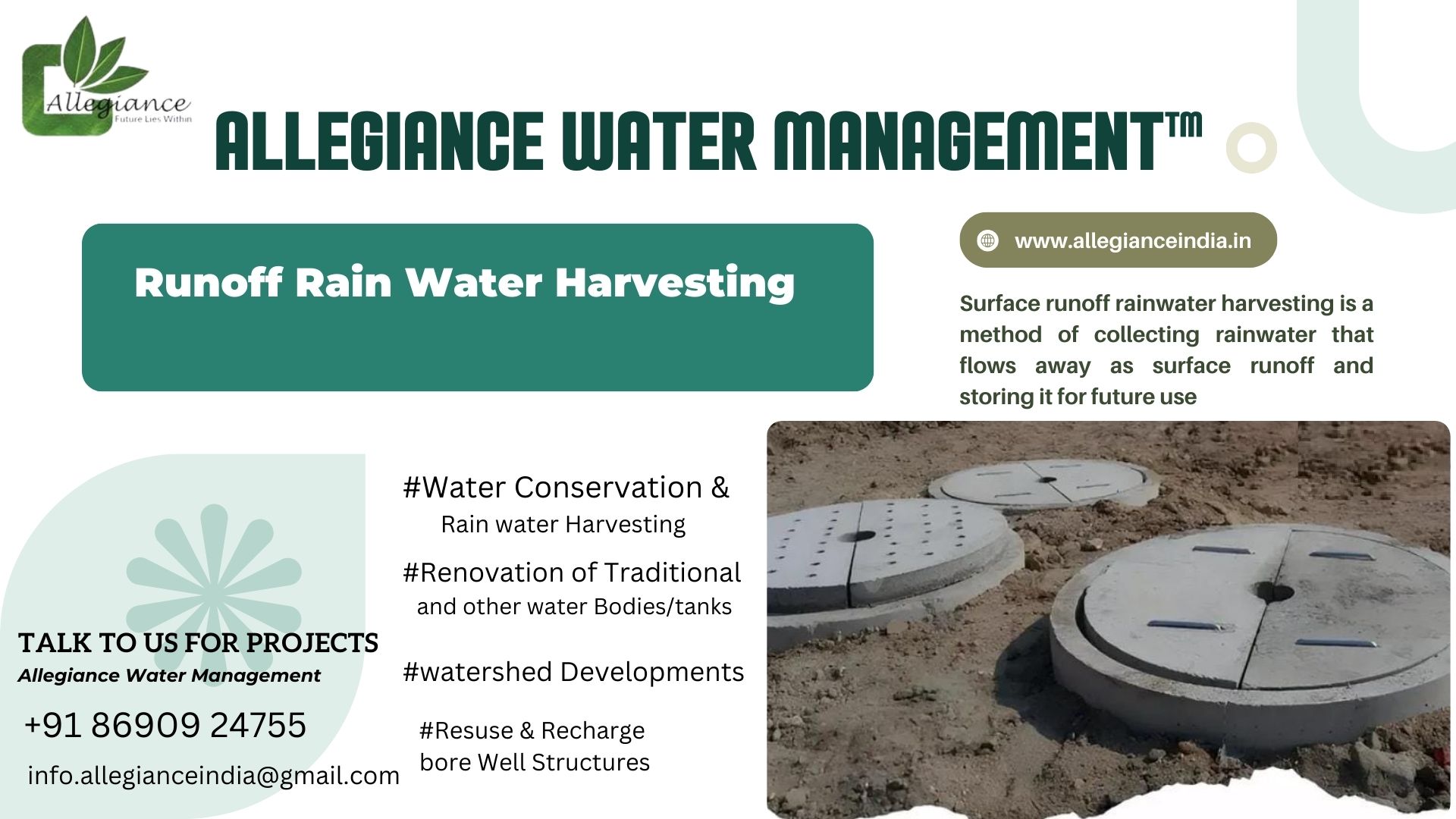The all-welded wedge wire screens are made from two elements the V-shaped wedge wire is helically wound around an array of internal longitudinal support rods. Each intersection of wire and rods is automatically resistance welded, creating a very strong cage-like cylinder with one continuous slot spiraling along its full length. The gap between the wires, also called slot or aperture, is manufactured to customer specification, allows water to flow from the surrounding aquifer into the screen, The slots can be very narrow to keep out fine sand grains, which could otherwise damage your pump through abrasion. NON PLUGGING SLOTS V-shaped wire creating, two point particle contact preventing plugging. Inwardly opening slots (in-flow) preventing sand particles from remaining lodged in screen. The V-shaped wire enhances well efficiency, ensures consistent pumping and long well life. LARGE OPEN AREA The continuous slot wedge wire offers higher open area than any other type of screens used for water well applications, such as slotted pipe, punched pipe, louver screens. Wedge wires for each application are selected to maximize open area, resulting in the lowest possible cost for water extraction. TECHNICAL DETAILS Available sizes from 1“ (25 mm) to 22“ (560 mm) Water well screens designed to suit well depth Available in slots sizes from 0.15 mm to 3 mm Length up to 6 metres available Materials: LCG (Low Carbon Galvanised) / SS304 / S316L / SS316 / SS316L - or as required to meet Customer requirements. End fittings - to suit Customer requirements
Send Message


